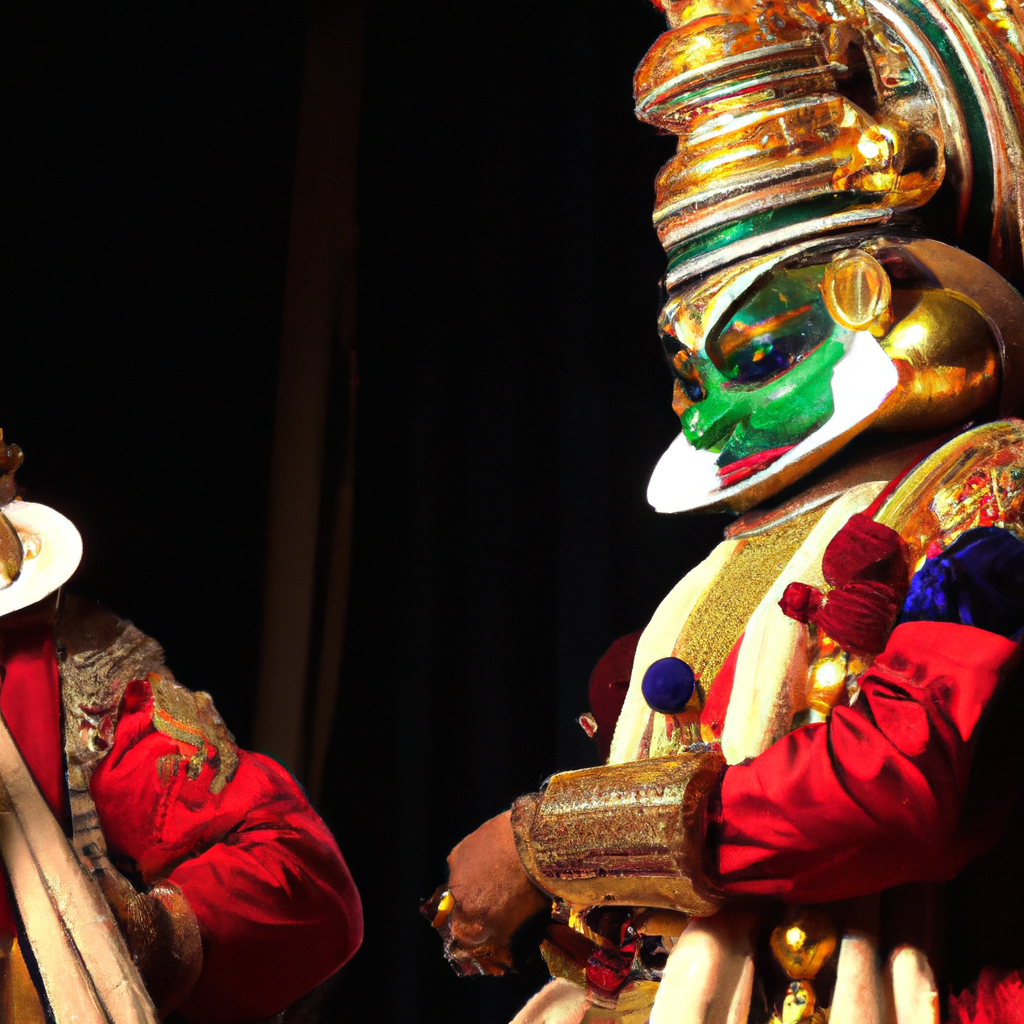Kathakali dance is a traditional Indian art form that originated in the state of Kerala. It is a classical dance form that has been performed for centuries and has become an integral part of the cultural heritage of Kerala. Kathakali is known for its colorful costumes, elaborate makeup, and intricate dance movements. In this article, we will explore the history and cultural significance of Kathakali dance in detail.
History of Kathakali Dance
The origin of Kathakali dance can be traced back to the 17th century when it was developed in the state of Kerala. It is believed that Kathakali was influenced by other traditional dance forms like Koodiyattam, Krishnanattam, and Ramanattam. The word Kathakali is derived from two Sanskrit words, Katha meaning story and Kali meaning performance. Thus, Kathakali can be translated as a dramatic performance that tells a story.
Initially, Kathakali was performed only by men, who played both male and female roles. However, in recent years, women have also started performing Kathakali. Kathakali was traditionally performed in temples and royal courts, but now it is performed in theaters and on other cultural platforms.
Cultural Significance of Kathakali Dance
Kathakali dance is an important part of the cultural heritage of Kerala. It tells stories from Indian mythology and folklore through dance and music. The themes of Kathakali performances are usually based on the Hindu epics like Ramayana, Mahabharata, and Bhagavata Purana. The stories are usually about the struggles of good versus evil and the triumph of righteousness over wickedness.
Kathakali performances are characterized by elaborate costumes and makeup. The performers wear heavy costumes made of silk and cotton, which are adorned with intricate designs. The makeup used in Kathakali is called Chutti, which is made from natural ingredients like rice flour, turmeric, and coconut oil. The makeup is used to create different characters like gods, demons, and animals.
Kathakali dance is accompanied by music, which is usually played on traditional Indian instruments like mridangam, chenda, and edakka. The music is an integral part of Kathakali performances and sets the mood for the story being told.
Kathakali dance is not just a form of entertainment but also has a spiritual significance. It is believed that the performers of Kathakali dance are able to transcend their physical form and become one with the characters they portray. The dance is seen as a form of devotion and worship, where the performers offer their art as an offering to the gods.
Conclusion
In conclusion, Kathakali dance is a traditional Indian art form that has a rich history and cultural significance. It originated in the state of Kerala and has become an integral part of the cultural heritage of the state. Kathakali performances tell stories from Indian mythology and folklore through dance and music. The elaborate costumes and makeup used in Kathakali are an important part of the performances. Kathakali dance is not just a form of entertainment but also has a spiritual significance, where the performers offer their art as an offering to the gods.







